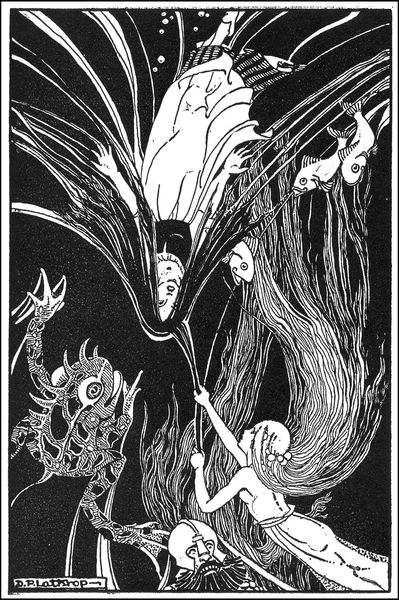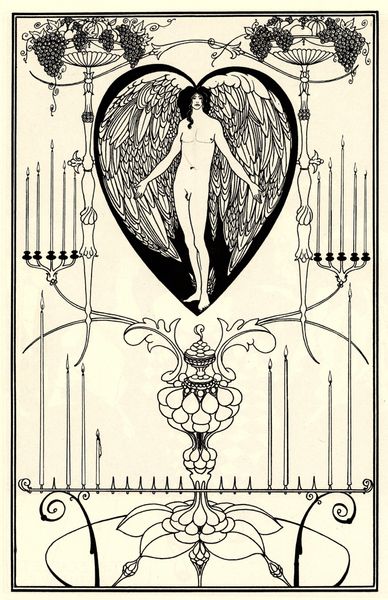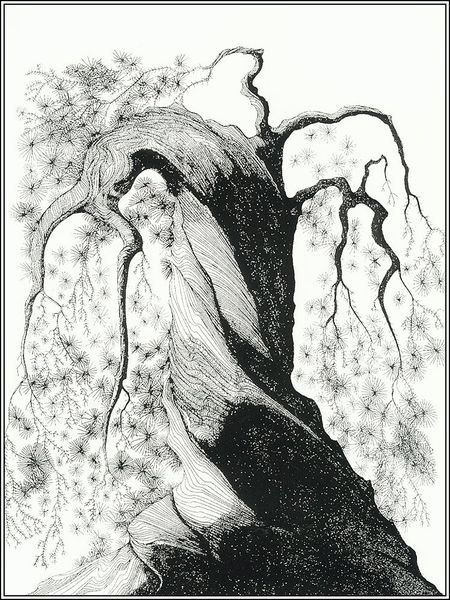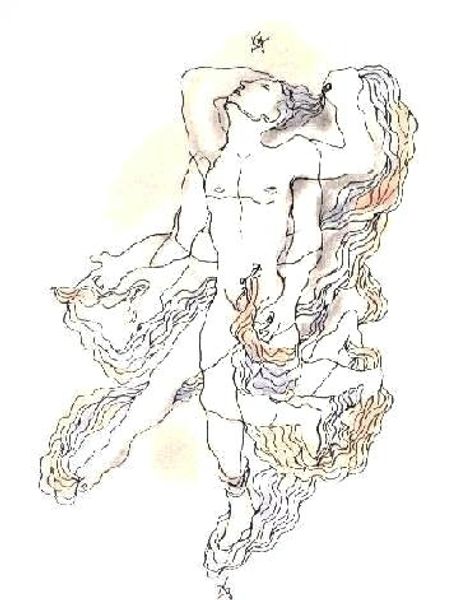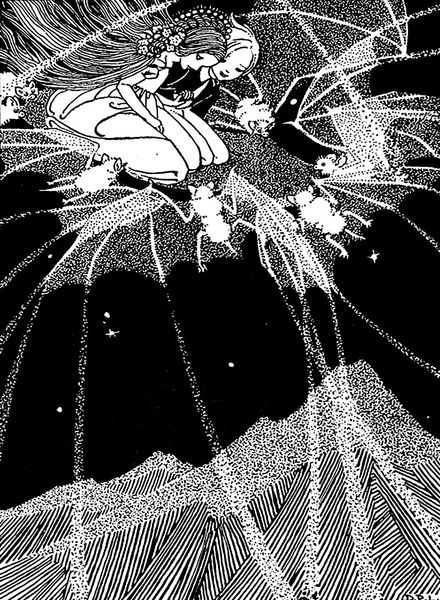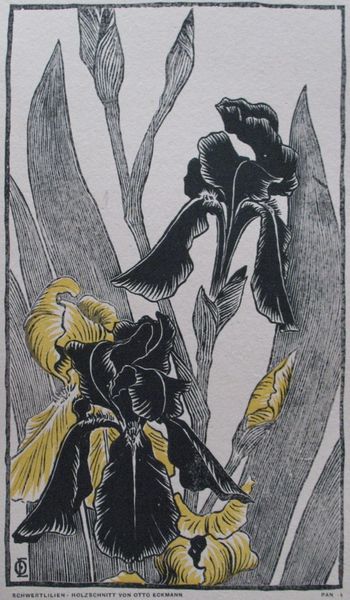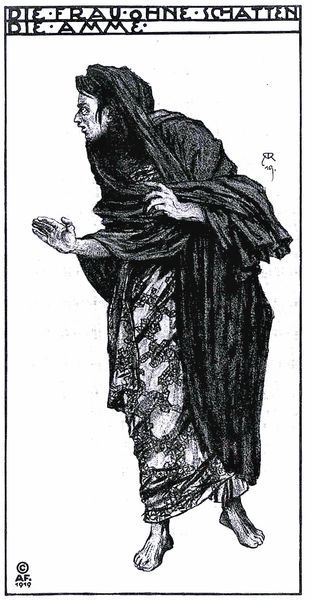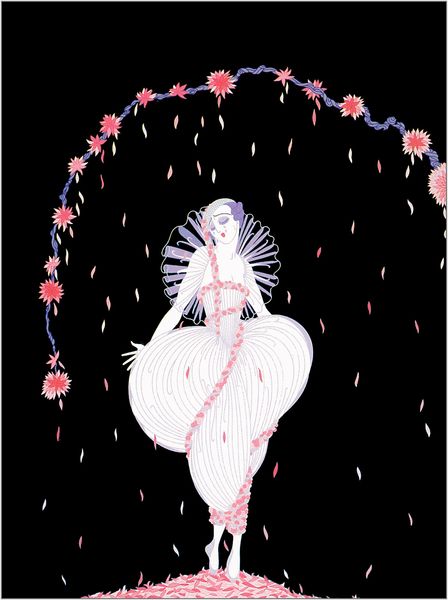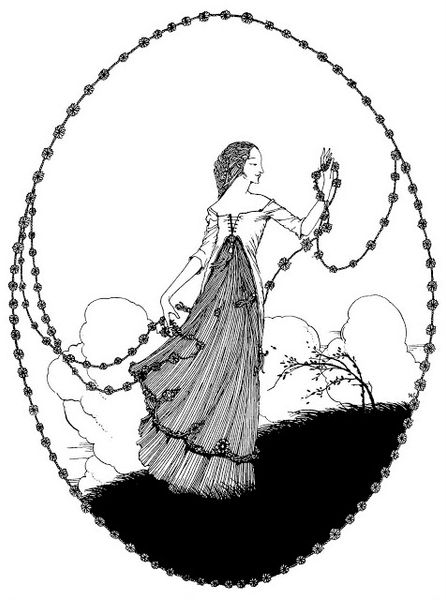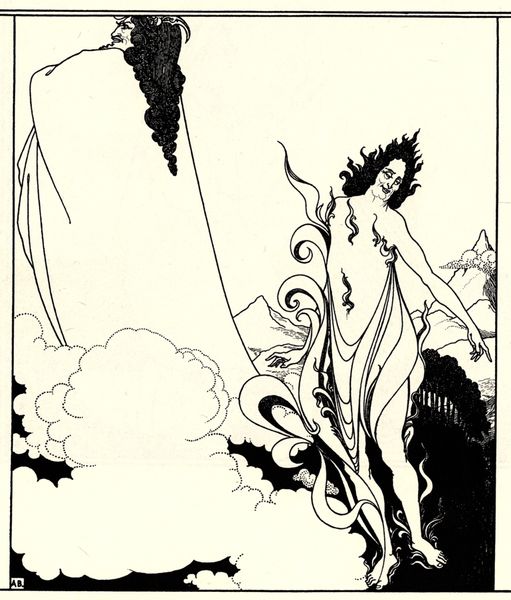
drawing, paper, ink
#
portrait
#
drawing
#
figuration
#
paper
#
ink
#
symbolism
Copyright: Public domain
Editor: Harry Clarke's "The Year's at the Spring," created in 1920 with ink on paper, has such an intricate and ethereal quality. What's your interpretation of the imagery? Curator: The figure immediately strikes me as archetypal— a goddess perhaps, emerging from a solar eclipse. Consider how eclipses throughout history and across cultures often signal both destruction and rebirth. Do you see any additional symbolic resonances in the details? Editor: Well, the radiant sun-like halo definitely adds to that goddess-like quality. And her dress, with all those tiny details, feels almost like a map of constellations. Curator: Precisely. The garment evokes celestial maps and speaks of an interconnection between the terrestrial and cosmic realms, a kind of cultural memory we continue to imbue such images with. Her gesture towards the bird, does that resonate with any narratives for you? Editor: Maybe a peace offering, or perhaps a soul taking flight? The fragility of the bird contrasts sharply with the monumentality of the figure's stance. Curator: Indeed. And notice Clarke’s signature use of elaborate ornamentation, an extension of art nouveau aesthetics intertwined with fin-de-siècle symbolism. All of that points to something both sacred and profoundly human—hope amidst inevitable change. Editor: I see it now, thank you for unveiling its deeper meaning; I had overlooked these symbols! Curator: My pleasure; revisiting cultural symbols enables us to tap into centuries of shared hopes and anxieties.
Comments
No comments
Be the first to comment and join the conversation on the ultimate creative platform.

